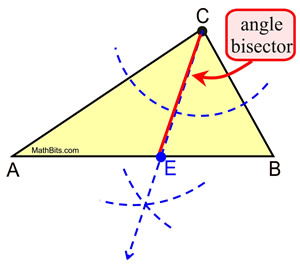

Import MapNavbar from './components/navbar/index'

The Navbar component came from bootstrap, I don't know if it makes a difference. The observed distribution of anomalies is consistent with the hypothesis that iron from the Imbrium impactor was mixed into ejecta that was inhomogeneously deposited downrange in groups aligned radial to the basin and concentrated antipodal to the basin.I'm trying to build a map application with react and google maps, I manage to create google maps component and use the map, however, when a navbar component is added I can't find a way to adjust the map's height to the space left without a scroll bar showing up. Great circle paths determined by end points of elongated anomaly groups and the locations of strong isolated anomalies converge within the inner rim of Imbrium and intersect within the Imbrium antipode zone. The statistical significance of this tendency is verified by Monte Carlo simulations. These include named anomalies such as Reiner Gamma, Hartwig, Descartes, Abel, and Airy. On the near side, both strong isolated anomalies and weaker elongated anomalies tend to lie along lines oriented radial to Imbrium. The strongest group of anomalies is located on the south-central far side approximately antipodal (diametrically opposite) to the Imbrium impact basin. Here, we report production of a new large-scale map of the lunar crustal field that better resolves the shapes and distribution of weaker anomalies. The origin of crustal magnetic anomalies on airless silicate bodies like the Moon in the solar system is a fundamental unresolved problem of planetary science. The observed distribution of anomalies on the near side and the location of the strongest anomaly group antipodal to Imbrium are consistent with the hypothesis that iron from the Imbrium impactor was mixed into ejecta that was inhomogeneously deposited downrange in groups aligned radial to the basin and concentrated antipodal to the basin. Statistically significant evidence for similar alignments northwest of the Orientale basin is also found. Great circle paths determined by end points of elongated anomaly groups and the locations of five individual strong anomalies converge within the inner rim of Imbrium and intersect within the Imbrium antipode zone. The statistical significance of this tendency for elongated anomalies is verified by Monte Carlo simulations. The strongest group of anomalies is located on the northwest side of the South Pole-Aitken basin approximately antipodal to the Imbrium basin.


The map has characteristics similar to those of previous maps but better resolves the shapes and distribution of weaker anomalies. Index field can be used to highlight index contour lines or control the density of contours on the map. A new large-scale map of the lunar crustal magnetic field at 30 km altitude covering latitudes from 65°S to 65°N has been produced using high-quality vector magnetometer data from two complementary polar orbital missions, Lunar Prospector and SELENE (Kaguya). Data is mapped to 10 meter height increments.


 0 kommentar(er)
0 kommentar(er)
